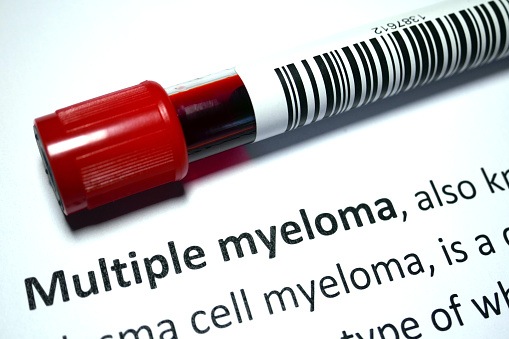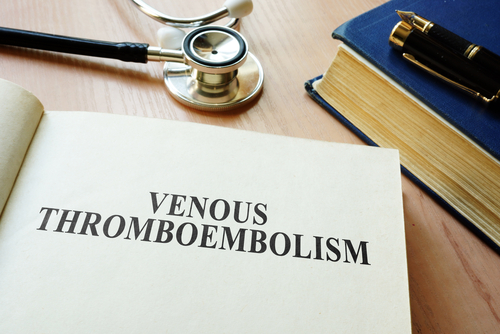
A new systematic review and meta-analysis indicates that there were no significant differences in venous thromboembolism (VTE) occurrence in patients with COVID-19 compared to those without.
“Many studies confirmed an association between COVID-19 and VTE,” the authors wrote in Vascular Pharmacology. Whether the risk of VTE significantly differed between COVID-19 cohorts and non-COVID-19 cohorts with similar disease severity remains unknown.”
The team performed a systematic literature search of the MEDLINE, Embase, and Google Scholar between January 2020 and March 2021, looking specifically for studies that reported VTE in COVID-19. The search identified 4,080 citations, from which 167 were evaluated for the analysis. They then estimated relative risk (RR) for the effect, measured with 95% confidence intervals.
According to the study results, the cumulative RR estimate for VTE among COVID-19 patients was 1.18 (95% CI, 0.79 to 1.77; P=0.42) when compared to those without COVID-19. There were also no observed differences in pulmonary embolism only (RR=1.25; 95% CI, 0.77 to 2.03) and deep vein thrombosis only (RR=0.92; 95% CI, 0.52 to 1.65). There was an increased risk of VTE among COVID-19 patients hospitalized in the ICU compared to those non-ICU patients (RR=3.10; 95%CI 1.54 to 6.23). In the prospective studies, the risk of VTE in COVID-19 patients was also elevated (RR=2.74; 95% CI, 1.18 to 6.40). There was no difference in the rate of ventilator support.
“The present meta-analysis suggests that while VTE are frequent amongst patients hospitalized for COVID-19, the VTE occurrence appears comparable between COVID-19 patients and those with non-COVID-19 infections,” the authors wrote. “However, patients with COVID-19 hospitalized in the ICU may to be at the highest risk of developing VTE, being significantly higher than non-COVID-19 patients hospitalized in the ICU.”
Over-Reliance on Chest Scans?
In their Discussion section, the authors did suggest that an over-reliance on chest CT scans may have led to VTE overdiagnosis.
“Preliminary reports described pulmonary vascular abnormalities on chest CT, where vascular thickening was significantly associated with COVID-19 compared to non-COVID-19 pneumonia,” the authors wrote. “It is therefore possible that chest CT being more routinely performed in COVID-19 patients may have led to VTE overdiagnosis or distal PE for which the clinical relevance remains uncertain. In addition to confirmation bias, selective reporting is also plausible in the context of the rapidly evolving publications on COVID-19 over the last year.”
They did add that an underreporting of VTE among those with COVID-19 hospitalized in an non-ICU setting can not be excluded.
Study limitations included the bias inherent in the limited range of study designs selected for use (all included analyses were either observational studies or case series). The studies were comprised of differing cohorts that were heterogenous, and only seven studies that compared CTE in COVID-19 and non-COVID-19 patients were included. There were also limitations in the length of follow-up times across the various studies, with most being short.
“These results should be viewed as exploratory and further studies are needed to confirm our results and to evaluate the most appropriate thromboprophylaxis dosing in patients with COVID-19,” they concluded.







 © 2025 Mashup Media, LLC, a Formedics Property. All Rights Reserved.
© 2025 Mashup Media, LLC, a Formedics Property. All Rights Reserved.